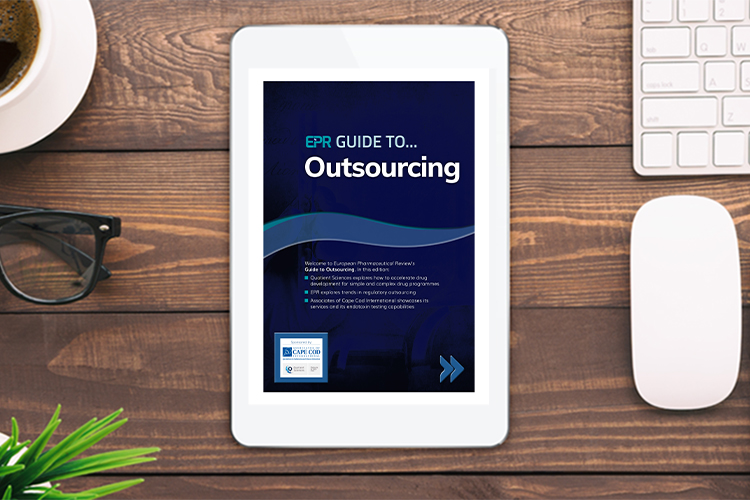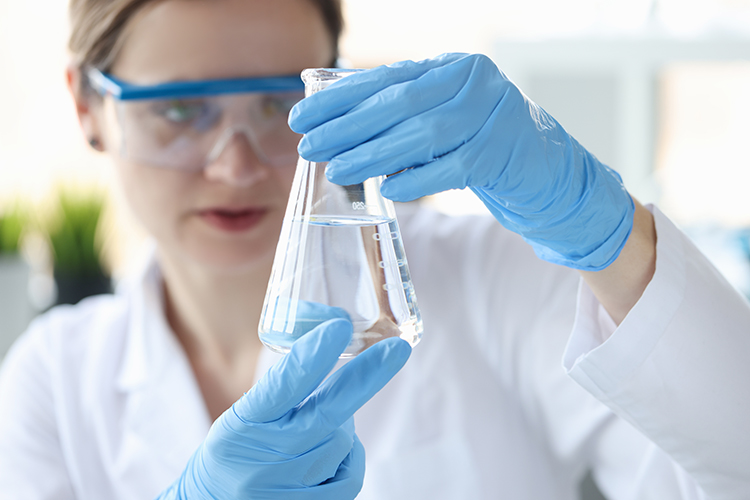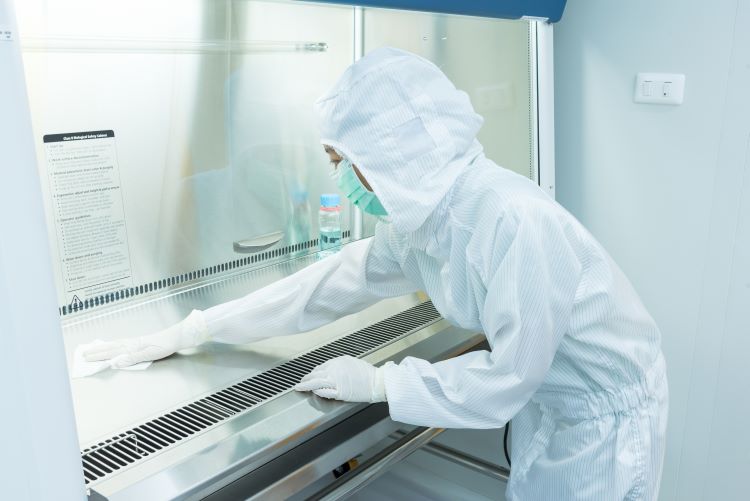Guide to Outsourcing 2023
In this Guide to Outsourcing, EPR explores trends in outsourcing of regulatory activities, Quotient Sciences discusses how to accelerate drug development and Associates of Cape Cod International looks at sustainable bacterial endotoxin testing.


































